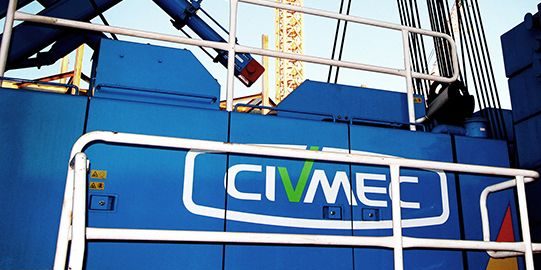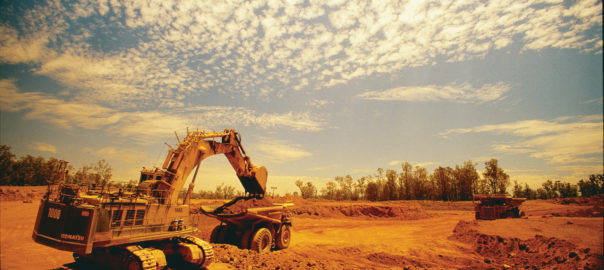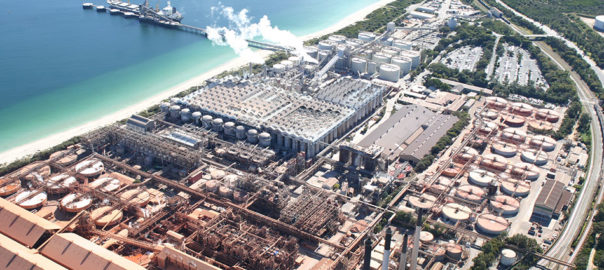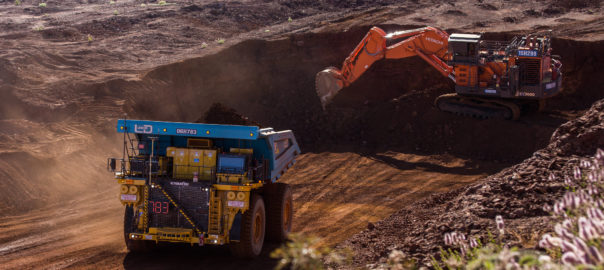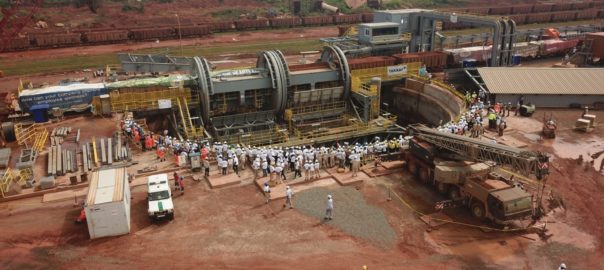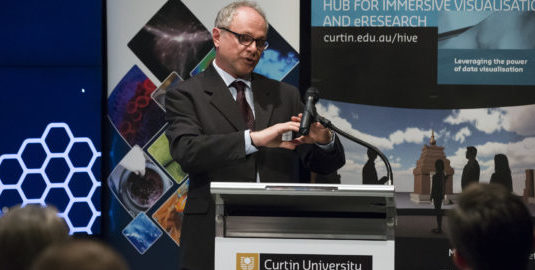Beacon Events has rebranded the Mines and Money London event and come up with three comprehensive tracks that, it says, covers a spectrum of critical topics around the energy transition, ESG, sustainability, circular economy, technology, services and junior mining investment.
New for 2022, Resourcing Tomorrow, brought to you by Mines and Money, is a global forum for the coming together of decision makers, mining leaders, policymakers, investors, commodity buyers, technical experts, innovators and educators for three days of learning, deal-making and unparalleled networking, the event organisers say.
With an anticipated audience of 2,000 attendees, Resourcing Tomorrow runs from November 29 to December 1, 2022, at the Business Design Exhibition Centre in London.
The three tracks – Resourcing Tomorrow, Reimagining Mining and Mines and Money – will cover 120-plus talks, panel discussions and keynote presentations from 150-plus industry experts. This includes:
- Jakob Stausholm, Chief Executive, Rio Tinto;
- Mark Bristow, President & Chief Executive Officer, Barrick;
- Roy Harvey, Chief Executive Officer, Alcoa;
- Mikael Staffas, President & Chief Executive Officer, Boliden;
- Stuart Tonkin, Chief Executive Officer, Northern Star Resources;
- Rohitesh Dhawan, President and Chief Executive Officer, International Council of Mining and Minerals, ICMM
- Katy Hebditch, Head of Engagement – Technical and Sustainability, Anglo American;
- Ellen Lenny-Pessagno, Global Vice President for Government and Community Affairs, Albemarle; and
- Elaine Dorward-King, Non-executive Director for Sibanye Stillwater, Kenmare Resources and NovaGold.
On the third day, the Mines and Money Outstanding Achievement Awards will take place at the Bloomsbury Big Top to celebrate the very best of the industry through awards from exploration to deal making, from innovation in technology to CEOs who have made a difference, these awards recognise and reward excellence.
International Mining is a media sponsor of the Resourcing Tomorrow event









